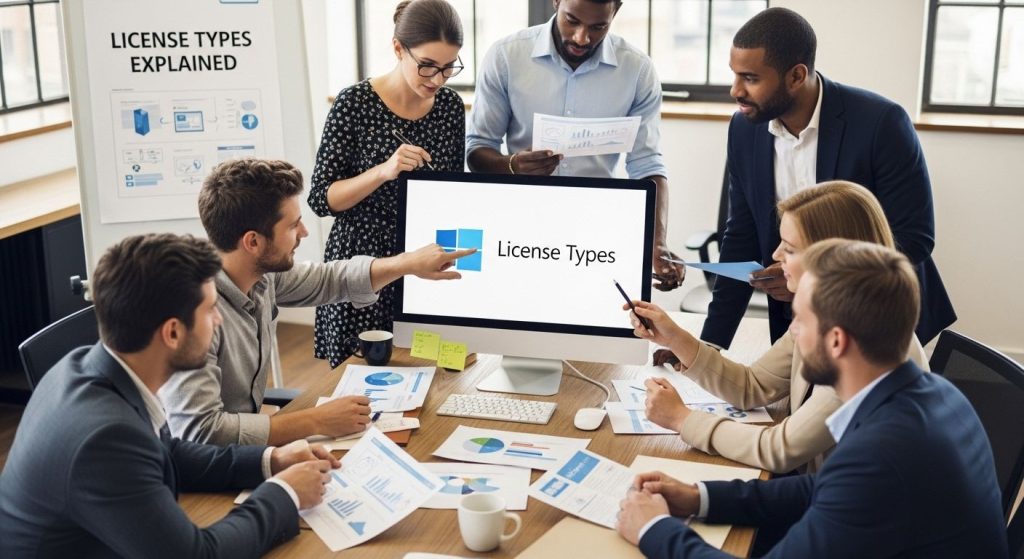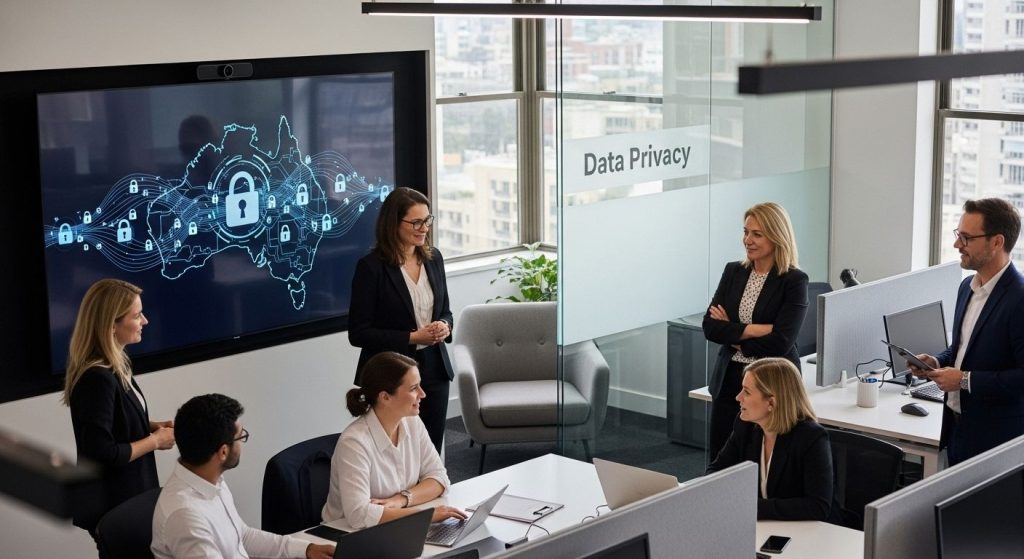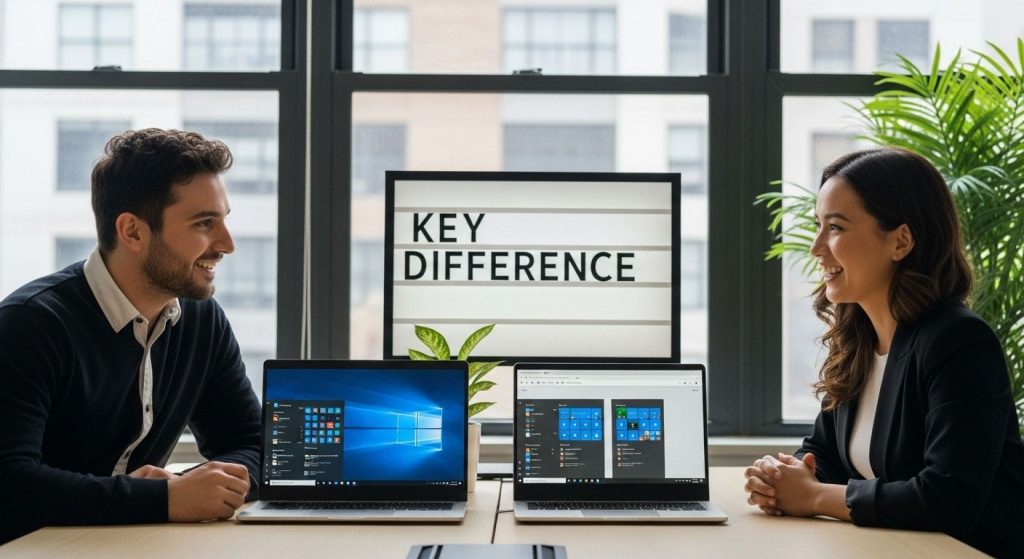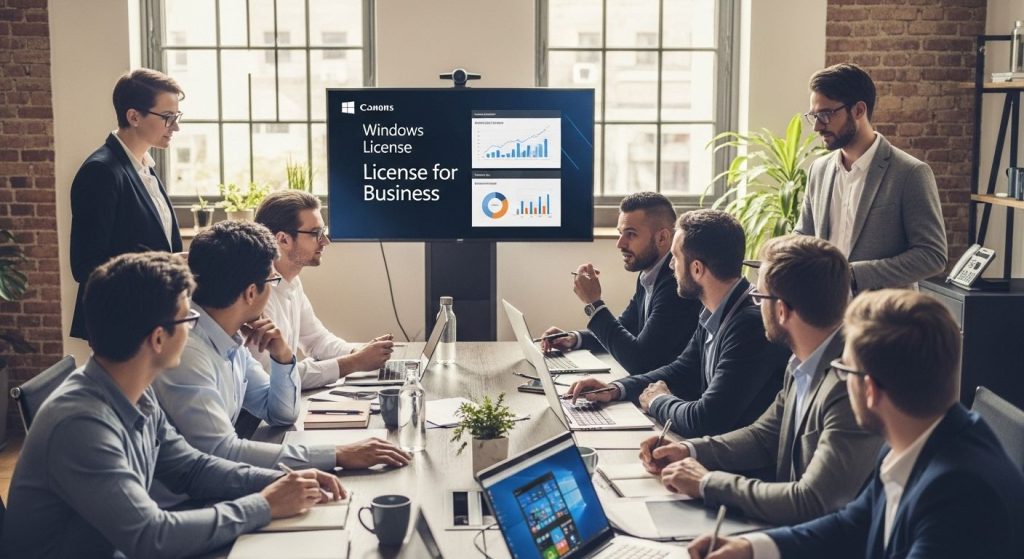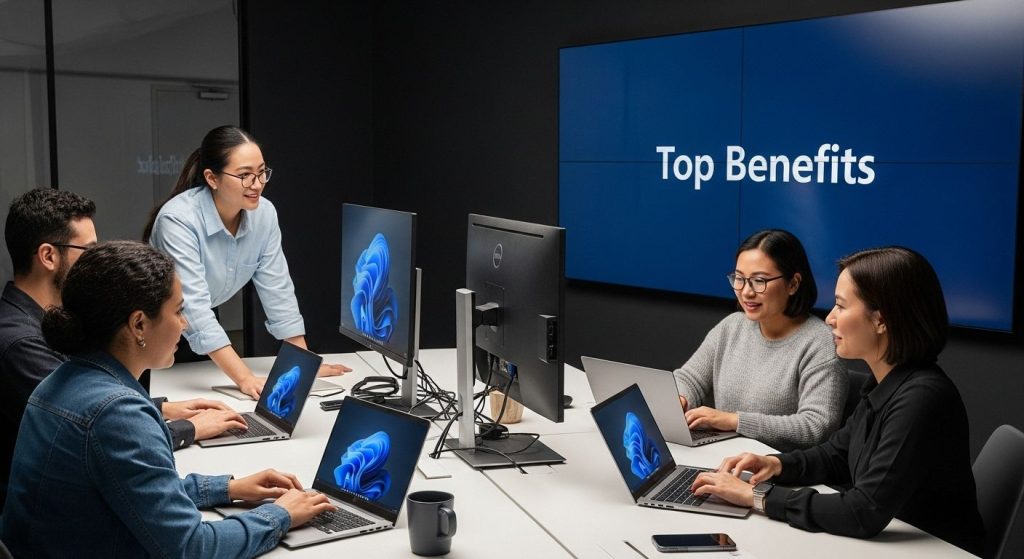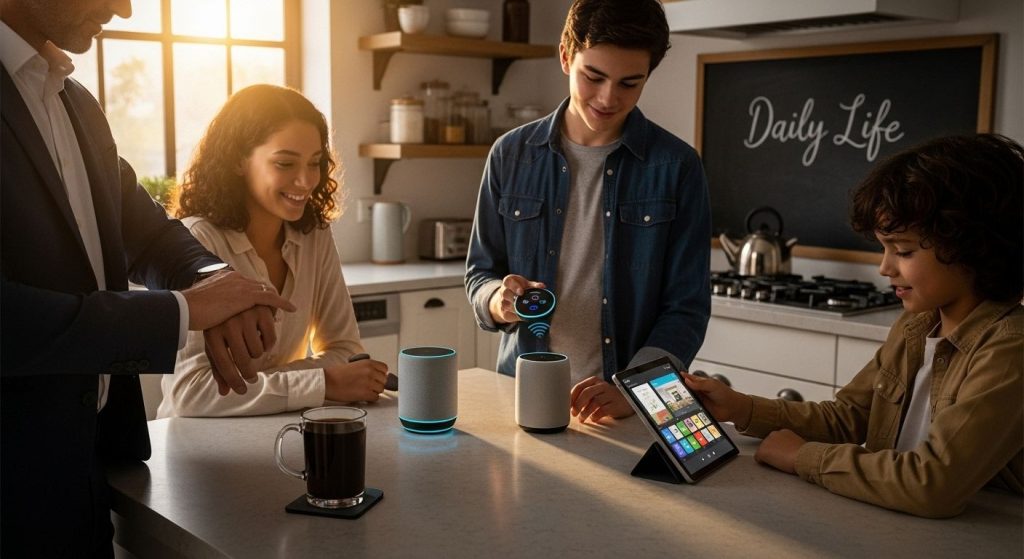Digital license vs Product key! Software used to come with a slip of paper, and you needed to type in a 25-character code just to make it work. That sounds simple, but check this out. Over 80 percent of modern PCs now use digital licenses that never ask you for a product key at all. Turns out the old code system is quickly fading away, and digital licenses are rewriting the whole activation playbook in ways few people expect.
Table of Contents
ToggleQuick Summary
| Takeaway | Explanation |
|---|---|
| Digital licenses simplify software activation | Digital licenses are linked to hardware or user accounts, allowing easy reinstallation without entering a product key. |
| Product keys require manual entry | Traditional product keys are 25-character codes needed during installation, which can lead to user errors and complications. |
| Regional factors influence activation choice | Users should consider local internet reliability and software distribution when choosing between digital licenses and product keys. |
| Digital licenses are becoming the preferred option | As technology evolves, digital licenses are increasingly favored for their flexibility, security, and ease of use in modern software environments. |
| Understanding both methods is essential | Knowing the differences helps users effectively navigate software installations, ensuring legitimacy and proper functionality. |
What Is a Digital License and Product Key?
Understanding the nuanced differences between digital licenses and product keys is crucial for anyone managing software activation and ownership. These two methods of software authentication might seem similar at first glance, but they serve distinct purposes in the digital software ecosystem.
Digital Licenses: The Modern Activation Approach
A digital license represents a more contemporary method of software authentication, primarily used by Microsoft for Windows and Office products. According to Microsoft Support, a digital license is tied directly to a user’s hardware configuration or Microsoft account, eliminating the need for a physical product key during installation and activation.
Digital licenses offer several significant advantages. They are typically linked to your specific device or user account, which means you can reinstall Windows without repeatedly entering a product key. This method provides a more streamlined and user friendly activation process. UMA Technology explains that digital licenses are often automatically associated with the hardware configuration, making software reactivation substantially easier.
Product Keys: Traditional Software Authentication
In contrast, a product key is a traditional 25-character alphanumeric code used during software installation to validate ownership and enable full product functionality. As Arrow Electronics highlights, a product key serves as a critical verification mechanism that ensures the software is genuine and legally obtained.
Product keys are typically printed on a Certificate of Authenticity (COA) or provided with physical software packaging. They represent a more manual approach to software activation, requiring users to input the specific code during installation or initial setup. While less flexible than digital licenses, product keys remain a fundamental method of software authentication for many software vendors.
The key distinctions between digital licenses and product keys lie in their activation mechanisms, portability, and association with specific hardware or user accounts. Digital licenses offer more seamless activation and are increasingly becoming the preferred method for modern software platforms, particularly in cloud-connected environments. Learn more about genuine Windows activation to understand the evolving landscape of software licensing.
Whether you are using a digital license or a traditional product key, the fundamental goal remains the same: ensuring that your software is legitimate, properly activated, and ready to use. Understanding these differences can help you navigate software installations more effectively and make informed decisions about your digital software ecosystem.
How Activation Works: Digital License vs Product Key
Activation processes for software have evolved significantly, with digital licenses and product keys representing two distinct methodologies for verifying software authenticity and functionality. Understanding these mechanisms provides insight into how modern software protection and licensing work.
Digital License Activation Process
Digital licenses represent a more advanced activation approach, particularly prominent in Microsoft Windows systems. According to HP Support, a digital license is injected directly into the system BIOS, creating a unique hardware-based authentication method. This approach eliminates the need for manual key entry and provides a more seamless activation experience.
The digital license activation process typically involves several key steps. When a user installs Windows, the system automatically checks for a digital license linked to their Microsoft account or hardware configuration. UMA Technology explains that this method allows for easier reactivation, as the license is tied to specific device characteristics rather than a standalone code.
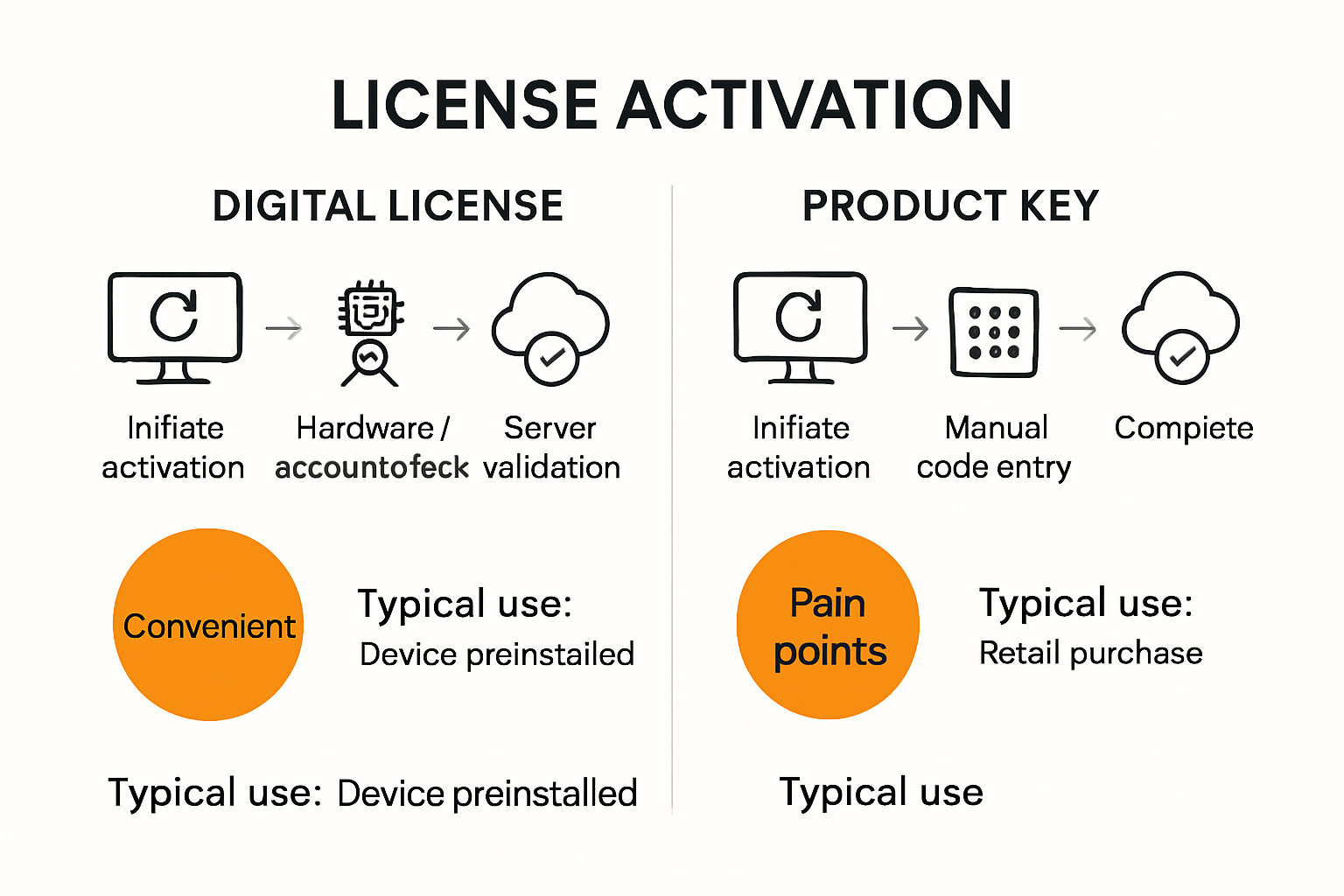
Product Key Activation Mechanism
Traditional product key activation follows a more manual and structured approach. Arrow Electronics highlights that product keys serve as a critical mechanism for software vendors to prevent unauthorized use and ensure legal software distribution. During installation, users must input a unique 25-character alphanumeric code that validates the software’s authenticity.
The activation process with a product key involves several verification steps. When a user enters the key, the software communicates with the vendor’s activation servers to confirm the code’s validity. This method requires direct interaction and provides a more hands-on approach to software authentication. Learn more about Windows activation methods to understand the nuanced differences in modern software licensing.
Both activation methods ultimately serve the same primary purpose: ensuring that software is genuine, legally obtained, and fully functional. The choice between a digital license and a product key often depends on the specific software, operating system version, and the manufacturer’s preferred authentication strategy. As technology continues to evolve, digital licenses are becoming increasingly prevalent, offering more streamlined and user-friendly activation experiences that reduce the complexity of software authentication.
The activation landscape continues to change, with manufacturers seeking more sophisticated ways to protect their software while providing convenient access for legitimate users. Understanding these mechanisms helps users navigate the complexities of software licensing and ensure they have properly activated and authorized software installations.
Here is a table summarizing the key differences between Digital Licenses and Product Keys based on features and processes discussed in the sections above:
| Feature/Process | Digital License | Product Key |
|---|---|---|
| Activation Method | Linked to hardware/account, automatic | Manual entry of 25-character code |
| Reinstallation | No key entry required; seamless | Key must be re-entered each time |
| Transferability | Tied to device or account, some flexibility | Usually limited, tied to single installation |
| Risk of Loss | Minimal (account/device-based) | High (physical/printed code can be lost) |
| User Experience | Streamlined, user-friendly | Prone to error, can be tedious |
| Common Usage | Modern software (esp. cloud-connected) | Legacy/older systems, some current vendors |
| Security | Enhanced (less sharing/leakage risk) | Can be accidentally shared or stolen |
Pros and Cons: Digital License vs Product Key
Choosing between a digital license and a product key involves understanding their unique advantages and limitations. Each method of software authentication offers distinct benefits and potential drawbacks that can significantly impact user experience and software management.
Advantages of Digital Licenses
Digital licenses represent a more modern approach to software activation with several compelling benefits. Reference.com highlights that digital licenses provide enhanced portability and security compared to traditional activation methods. Users can easily link their software to a Microsoft account, enabling seamless reinstallation and device transfer without manually tracking physical product keys.
The primary advantages include automatic hardware recognition, simplified reactivation processes, and reduced risk of key loss. Kelser Corporation notes that digital licensing offers greater flexibility and reliable cost structures. For users managing multiple devices or frequently upgrading hardware, digital licenses provide a more streamlined activation experience. Learn more about Windows professional licensing options to understand the full potential of digital license management.
Limitations of Product Keys
Traditional product keys, while still widely used, come with several inherent challenges. According to Microsoft Support, product keys require manual entry and can be easily misplaced or accidentally shared. Users must carefully store and protect these 25-character codes, which can become a significant administrative burden.
Product keys present additional complications such as limited transferability between devices and the potential for accidental invalidation. Unlike digital licenses that can be linked to user accounts, product keys are typically tied to a single installation, making software migration more complex. The manual activation process increases the likelihood of user errors and can create frustrating experiences during software setup.
Ultimately, the choice between digital licenses and product keys depends on individual user needs, technological infrastructure, and specific software requirements. Digital licenses are increasingly becoming the preferred method, offering more convenient and flexible software authentication. However, some legacy systems and specific software configurations may still rely on traditional product key activation.
As technology continues to evolve, users should stay informed about the latest activation methods and choose the approach that best balances convenience, security, and ease of use. Understanding the pros and cons of each method empowers users to make intelligent decisions about software licensing and management, ensuring smooth and reliable software experiences across various devices and platforms.
For quick reference, here is a concise table outlining the main pros and cons of each method as detailed above:
| Method | Pros | Cons |
|---|---|---|
| Digital License | Seamless activation; easy to reinstall; minimal loss risk | Requires digital infrastructure |
| Linked to account/device; enhanced security, portability | Limited by hardware changes sometimes | |
| Simplifies management for multiple devices | Dependent on vendor support | |
| Product Key | Can be used offline; tangible code; works with older systems | Easy to lose/misplace; manual entry |
| Familiar legacy process | Errors common; limited transferability | |
| Prone to accidental invalidation |
Choosing the Best Option in 2025 for Your Region
Selecting the most appropriate software activation method requires careful consideration of technological trends, regional requirements, and individual user needs. As we approach 2025, the landscape of digital licensing continues to evolve, presenting users with increasingly sophisticated options for software authentication.
Regional Software Licensing Considerations
Wikipedia explains that product activation is a critical license validation procedure designed to prevent unauthorized software use. Different regions have unique technological infrastructures and regulatory environments that can significantly impact software licensing strategies. Microsoft Support highlights the importance of understanding local digital authentication requirements when choosing between digital licenses and product keys.Users must consider several key factors specific to their region, including internet connectivity, local software distribution channels, and regulatory compliance standards. Some regions may have more robust digital infrastructure that supports seamless digital license activation, while others might still rely more heavily on traditional product key methods. Learn more about Windows activation strategies to understand the nuanced approaches across different technological landscapes.
Factors Influencing Your Activation Choice
Selecting the most appropriate activation method involves evaluating multiple critical elements. Wikipedia notes that product keys serve as a specific software-based certification mechanism, but the effectiveness varies depending on individual user requirements. Key considerations include device compatibility, frequency of hardware upgrades, internet reliability, and personal technical expertise.
Digital licenses offer superior convenience for users with consistent internet access and multiple device ecosystems. They provide more flexibility in software management and reduce the risk of losing physical activation codes. Conversely, product keys might be more suitable for users in regions with limited digital infrastructure or those who prefer a more tangible approach to software authentication.
Technology continues to reshape software licensing, with digital methods progressively becoming the global standard. However, the transition is not uniform across all regions. Users must carefully assess their specific technological environment, personal requirements, and local software ecosystem to make an informed decision.
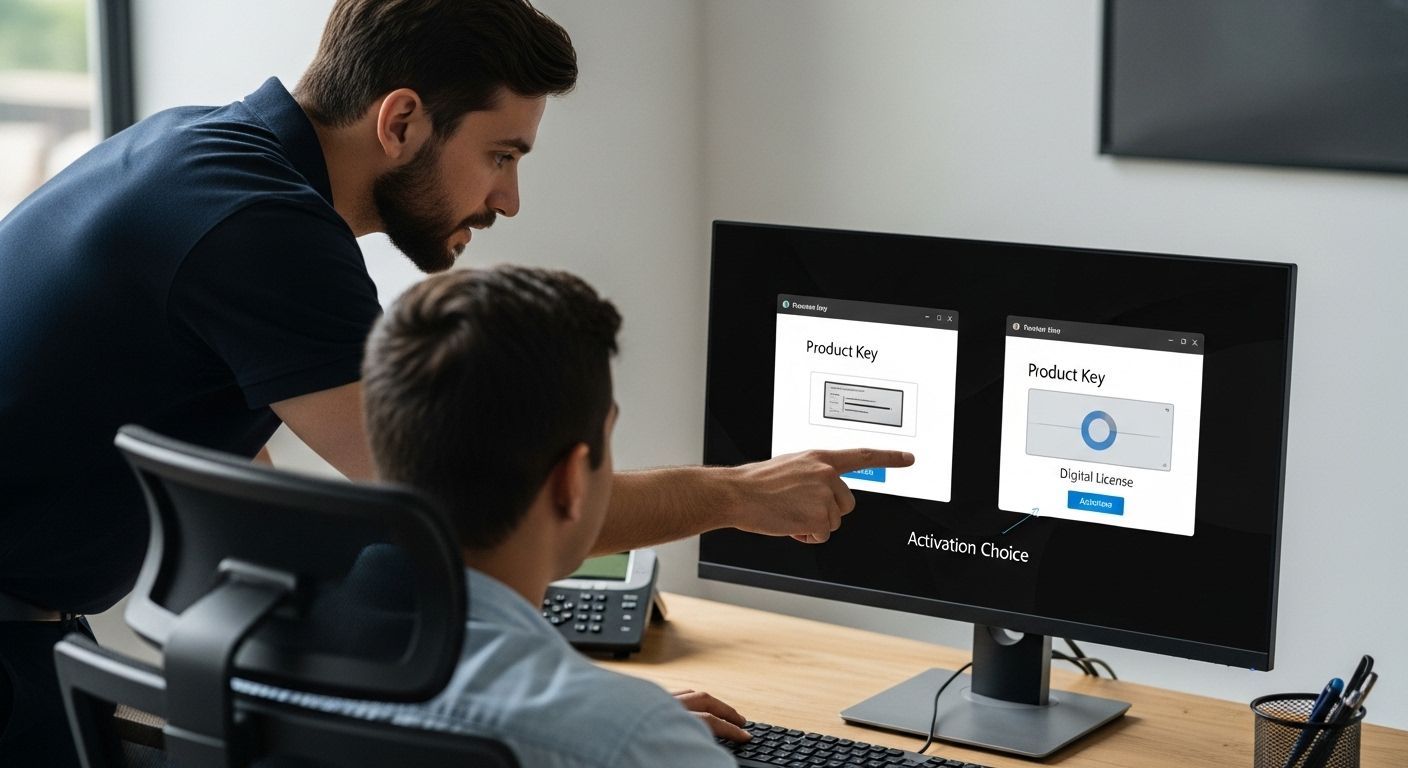
As we move into 2025, the distinction between digital licenses and product keys will likely become increasingly nuanced. Emerging technologies and global digital transformation efforts are continuously refining software activation methods. Users should remain adaptable, staying informed about the latest developments in software licensing to ensure they select the most efficient and secure activation approach for their unique circumstances.
Frequently Asked Questions
What is the difference between a digital license and a product key?
A digital license is a modern software authentication method linked to your hardware or Microsoft account, allowing easy reinstallation without an activation code. A product key is a traditional 25-character code required during installation for software validation.
How does the activation process work for digital licenses?
The activation process for digital licenses is automatic. When you install Windows or relevant software, it checks for a digital license associated with your Microsoft account or device hardware, eliminating the need for manual key entry.
What are the advantages of using a digital license over a product key?
Digital licenses provide a streamlined activation process, are more secure with less risk of loss, and allow for seamless reinstallation and transfers across devices. They are particularly advantageous for users with modern, cloud-connected software environments.
Can I transfer my digital license to another device?
Digital licenses are generally tied to your specific hardware or Microsoft account. While they can sometimes be transferred, the process may involve certain conditions, such as deactivating the license from the original device first. Always check with the software provider for specific regulations.
Upgrade Your Windows Experience Without the Headaches
Are you tired of losing track of product keys or struggling with outdated activation methods? If you have ever faced the inconvenience of searching for a misplaced code or wasted time dealing with complicated manual entry, you know how frustrating it can be. As digital licenses become the new standard and product keys fade away, the need for a fast, secure, and hassle-free activation process has never been greater.
Stay ahead of the curve with genuine, instantly delivered licenses that link directly to your hardware or Microsoft account. No more worrying about lost codes or repeated installations. At Logkeys.com, you can purchase authentic Windows 11 Professional keys and learn how to activate Windows effortlessly, all with 24/7 support.
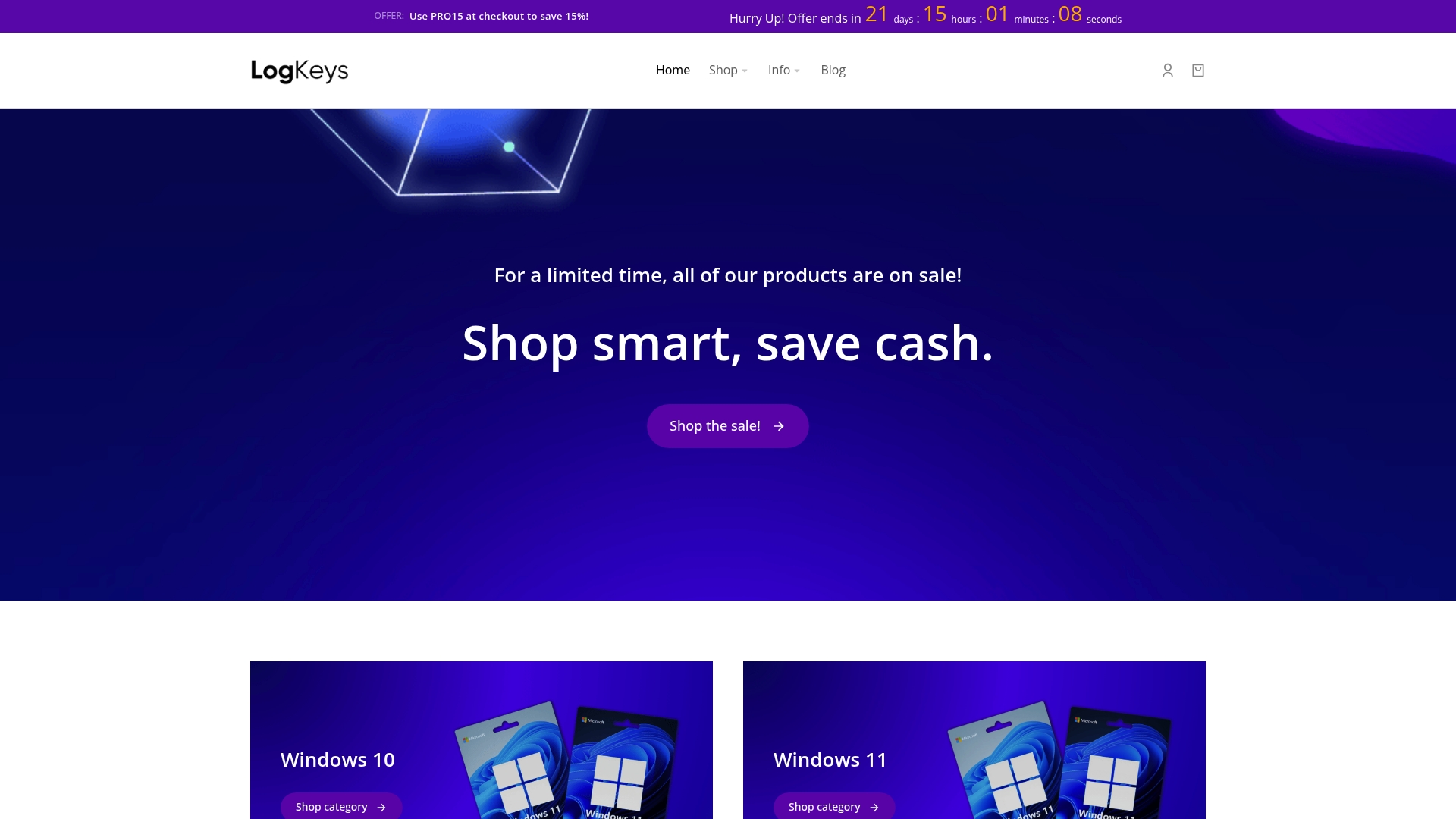
Experience the peace of mind that comes with secure, affordable solutions. Visit Logkeys.com today and activate your Windows products instantly. Make the smart choice now while digital licensing is at its peak.




